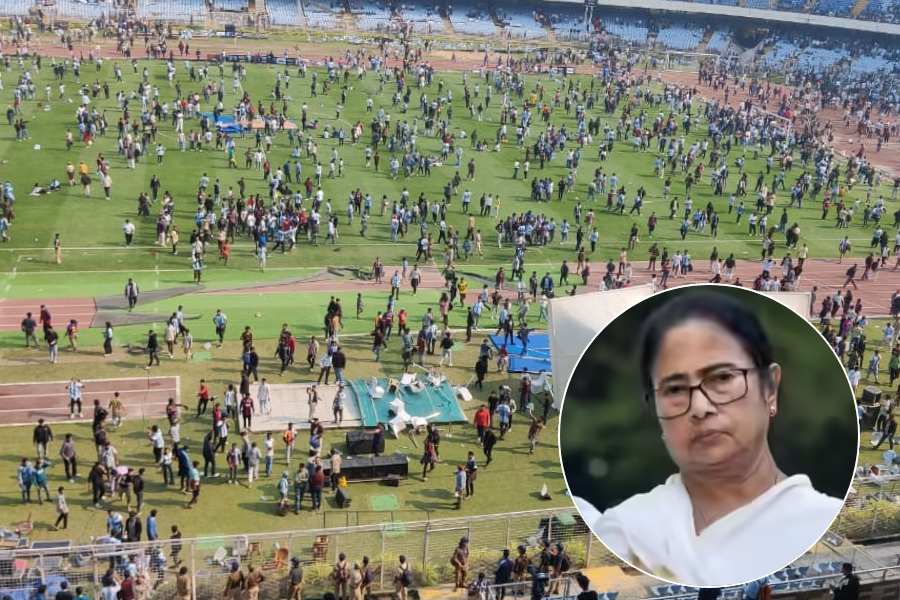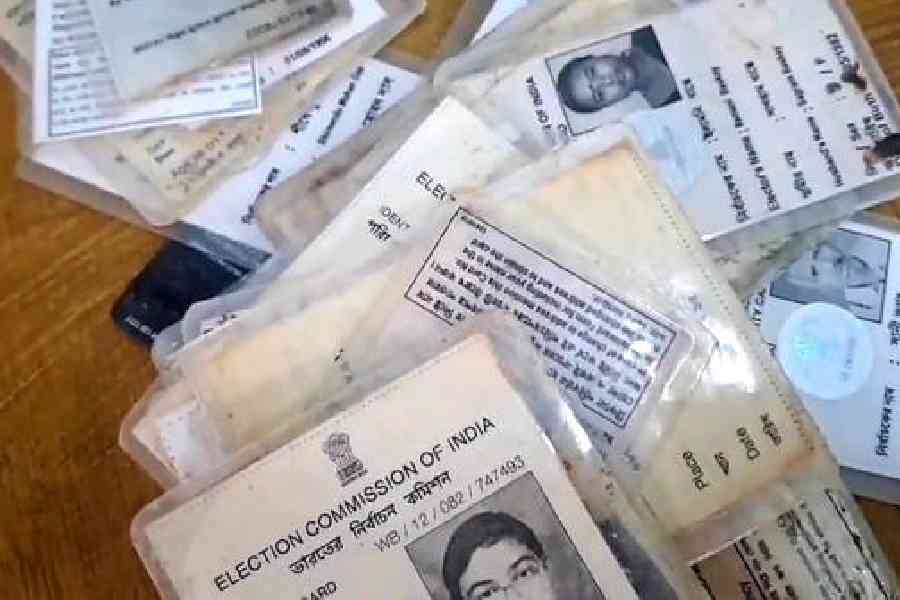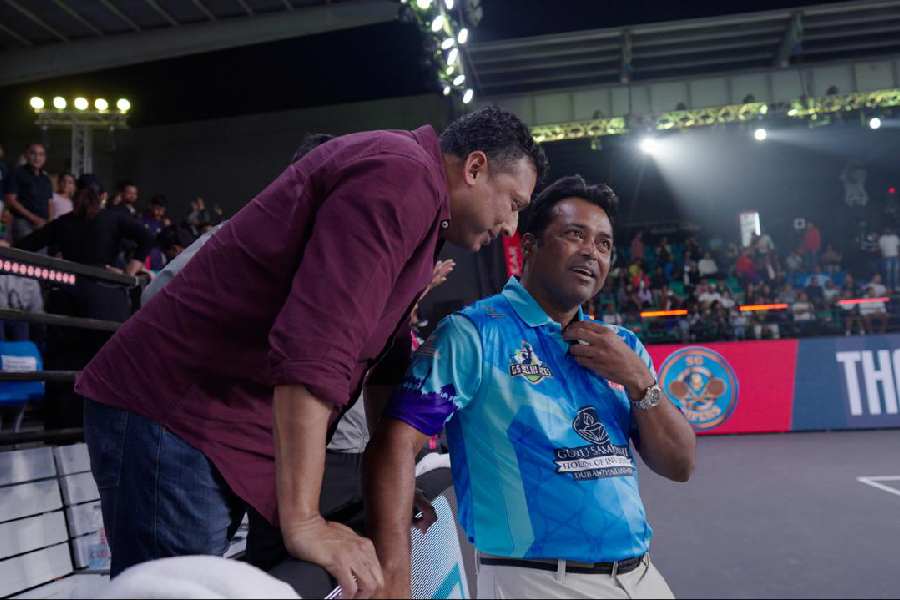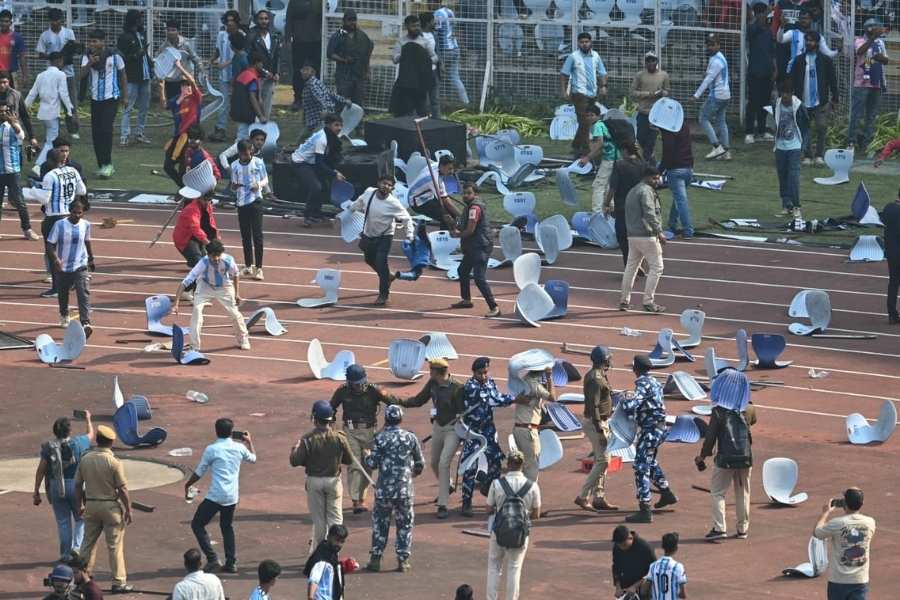It is absolutely apposite that Simon Digby, who was born in Jabalpur in 1932, should die in Delhi on January 10, 2010. Simon was a genuine friend of India without any of the patronizing and imperialist overtones that the epithet had come to acquire in the late 19th and early 20th centuries. This love for India and things Indian was not derived from the fact that Simon was an outstanding historian of medieval India, if little known outside a small circle of peers and admirers. Rather, his love for Indian history was a function of his love for India and its culture.
Simon’s association with India was parental. He was the grandson of William Digby, who, in the late 19th century, wrote extensively about the poverty created by British rule in India. Simon came back to India as a child with his mother, who was a talented painter. Simon imbibed his taste in art from his mother, and it was not known to many that he also tried his hand at painting.
Simon went up to Trinity College, Cambridge and he lived in Whewell’s Court, where he welcomed Amartya Sen when the latter arrived there in the summer of 1954. Simon was an outstanding student with a talent for languages. He learnt Persian, Arabic, Urdu, Hindi and, later on in life, Nepali.
His linguistic attainments made him almost a natural in the field of medieval Indian history. But Simon’s mind was too interested in the details and the margins of history to write the magnum opus everyone expected of him. His first book was on war horses and elephants in the Delhi Sultanat. He showed the importance of cavalry and mobility in the establishment of the Sultanat and its consolidation. His mastery over the history of the Sultanat was evident in the number of sections and chapters he contributed to the first volume of The Cambridge Economic History of India, which was edited by his two friends, Tapan Raychaudhuri and Irfan Habib. Simon wrote there on the economic conditions prevailing in north India before the Sultanat, on the currency system and on the maritime trade of India. He later published Sufis and Soldiers in Aurangzeb’s Deccan and Wonder-tales of South Asia.
It would be an error though to confine Simon’s erudition within the academic confines of medieval Indian history. I realized this when he was appointed an examiner of my Oxford D.Phil thesis. He was then a fellow of Wolfson College, and I knew him only through his reputation as a medievalist. I was a trifle surprised that he had been made an examiner for a thesis on the revolt of 1857 in Awadh. The surprise turned to wonder in the viva when he revealed that he was very familiar with all the great narrative histories of the revolt that had been written in the late 19th century and also with many of the memoirs that had been penned by survivors from the siege of the Residency in Lucknow. I was amazed at how closely he had read what I had written. That was the beginning of my being at the receiving end of Simon’s affection and indulgence. Over the last ten years, we met quite frequently in the India International Centre: in the courtyard, in the winter sunshine, with Simon holding forth on Sufism, on Akbar, on bits of India he loved and so on. Always learned and kind beyond words, he was adorably eccentric.
Simon was one of the last of the truly amateur scholars. He was Honorary Librarian of the Royal Asiatic Society, London, and the Assistant Keeper of Eastern Art, Ashmolean Museum in Oxford. His heart was in India and he knew this country’s culture and monuments in loving detail. He wanted his ashes to be immersed in the waters of a flowing river. He had dipped into the river of Time and knew its purifying qualities.










